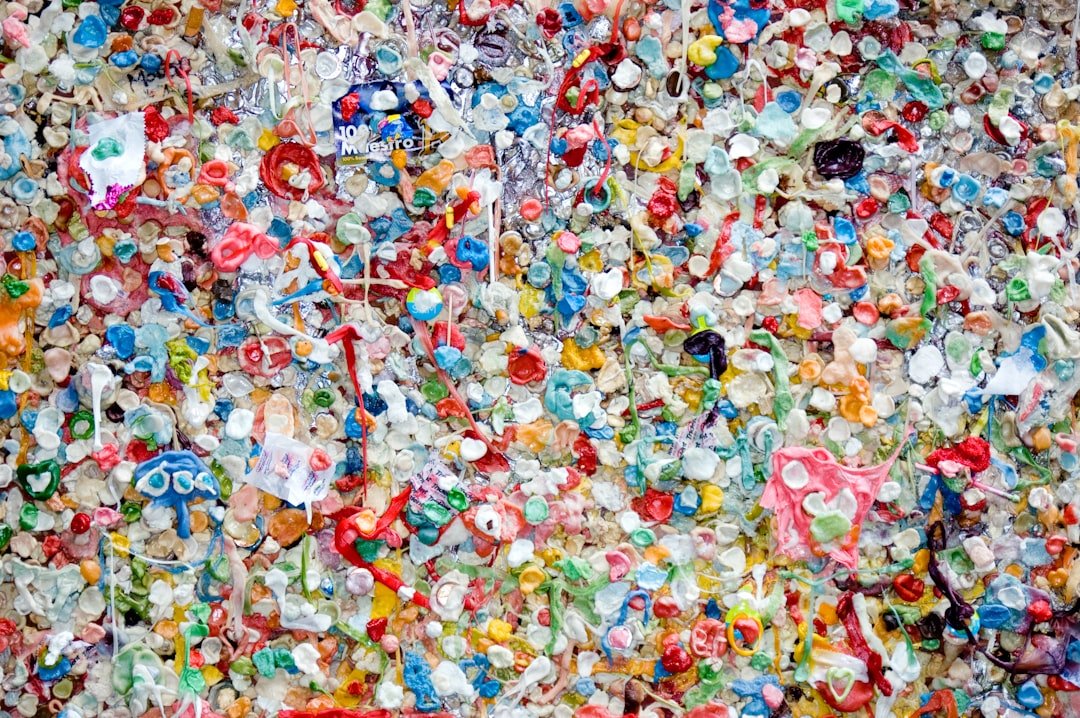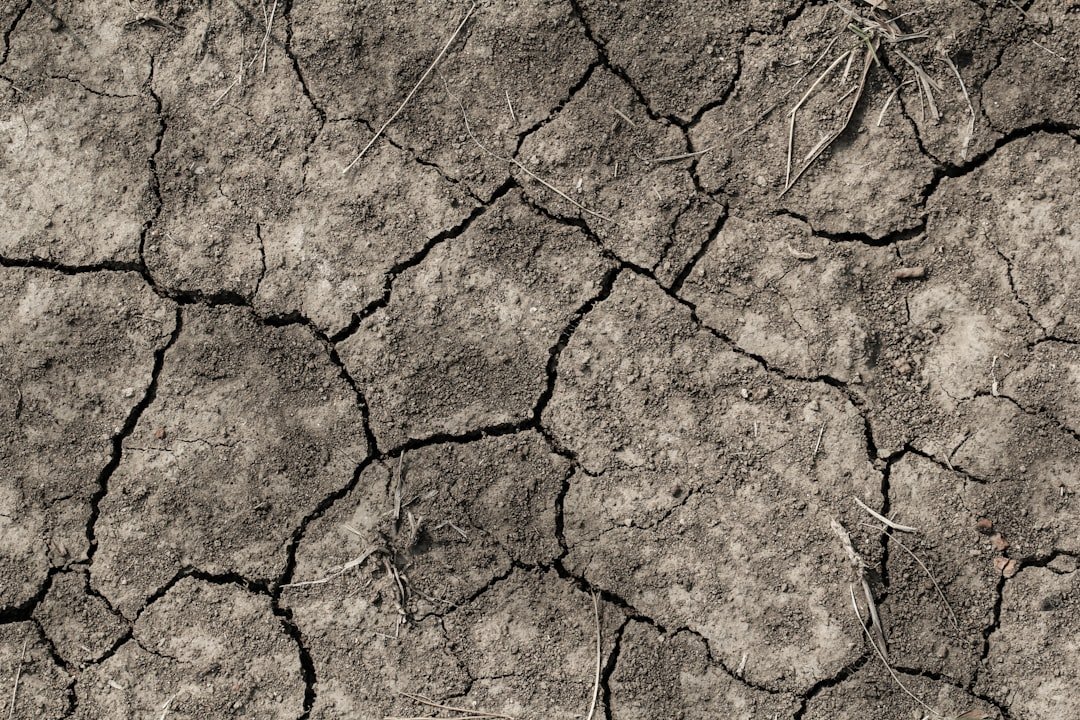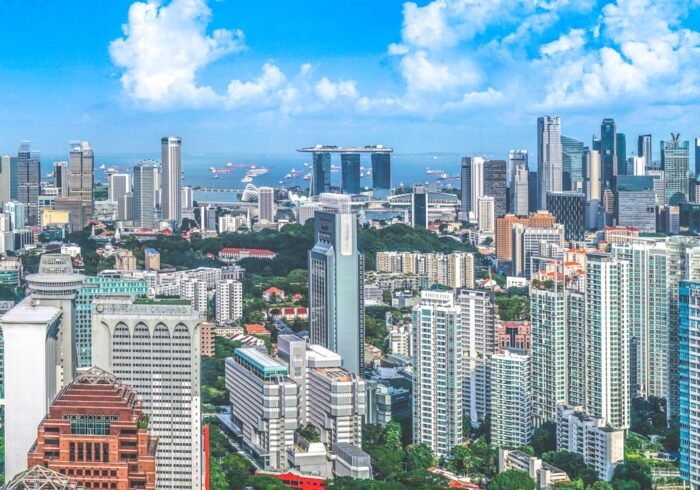Microplastics in Our Oceans: An Increasing Concern For marine ecosystems in particular, microplastics—plastic particles smaller than five millimeters—have become a major environmental concern. These microscopic fragments, which are frequently imperceptible to the unaided eye, are produced at a small size for particular uses or are the result of larger plastic objects breaking down. Marine life & ecosystems are seriously threatened by them as they build up in oceans around the world. Scientists, environmentalists, and policymakers are looking into the causes, effects, and potential remedies of microplastics because of their widespread presence, which has raised awareness and concern around the world. The presence of microplastics in oceans is not merely an aesthetic issue; it represents a profound ecological crisis.
Key Takeaways
- Microplastics are tiny plastic particles that are less than 5mm in size and are a growing concern in our oceans due to their widespread presence and potential impact on marine life and human health.
- Sources of microplastics pollution include the breakdown of larger plastic items, microbeads in personal care products, and synthetic fibers from clothing, as well as industrial processes and shipping activities.
- Microplastics can have harmful effects on marine life, including ingestion, entanglement, and disruption of reproductive and feeding behaviors, as well as the potential transfer of toxic chemicals.
- There is growing evidence of the potential impact of microplastics on human health, including the ingestion of microplastics through seafood consumption and the potential transfer of toxic chemicals.
- Microplastics can enter the food chain through ingestion by marine organisms, leading to potential human exposure through the consumption of seafood, highlighting the interconnectedness of marine and human ecosystems.
- Efforts to mitigate microplastics pollution include the development of regulations, technological innovations, and public awareness campaigns to reduce plastic use and improve waste management practices.
- The future implications of microplastics in our oceans are concerning, as their widespread presence and potential impact on marine ecosystems and human health continue to be studied and understood.
- In conclusion, there is an urgent need for collective action to address the issue of microplastics pollution, including reducing plastic use, improving waste management, and supporting research and innovation to mitigate their impact on our oceans and health.
According to research, microplastics account for a sizable amount of the millions of tons of plastic debris that enter the oceans annually. From the Arctic to the Mariana Trench’s depths, these particles can be found in the ocean’s most isolated regions. Given how common microplastics are, there are serious concerns regarding their potential long-term effects on marine biodiversity and the wellbeing of oceanic ecosystems.
Although they come from a variety of sources, microplastics can be roughly divided into primary and secondary categories. For particular applications, primary microplastics are produced in small quantities, such as plastic pellets used in industrial processes or microbeads in cosmetics and personal hygiene products. Frequently, these microscopic particles end up in waterways & oceans after being washed down drains.
Although the use of microbeads has drawn a lot of attention and been outlawed in a number of nations, marine environments are still impacted by their legacy. In contrast, environmental elements like sunlight, wind, & wave action cause larger plastic objects to break down, producing secondary microplastics. Over time, things like plastic bottles, bags, and fishing gear break down into tiny pieces that add to the microplastic issue. This problem is made worse by urban runoff, inappropriate waste disposal, and littering because these larger plastics are frequently thrown away carelessly. Also, when synthetic fiber textiles are washed, microplastics are released, which adds to the pollution of aquatic environments.
| Impact | Statistics |
|---|---|
| Marine Life | Over 700 species are affected by microplastics ingestion |
| Water Pollution | 1.15 to 2.41 million tons of plastic enter the ocean each year |
| Human Health | Microplastics have been found in seafood and salt |
| Ecosystem Disruption | Microplastics can alter the behavior and reproduction of marine organisms |
The effects of microplastics on marine life are extensive and complex. These particles can enter the bodies of marine organisms directly or indirectly, ranging from plankton to large fish species. Filter-feeding creatures like mussels and oysters, for example, may mistake microplastics for food, ingesting them & possibly becoming harmed. Microplastics can physically obstruct these animals’ digestive tracts after they are consumed, which can result in malnourishment or famine. Also, dangerous chemicals & pollutants can be spread by microplastics, which stick to their surfaces.
When consumed by marine organisms, these chemicals—which can include pesticides, heavy metals, & persistent organic pollutants (POPs)—can seep into their tissues. Whole ecosystems as well as individual species are seriously at risk from this bioaccumulation. There will be wider ecological repercussions as the delicate balance of oceanic food webs is threatened by the growing impact of microplastic pollution on marine life. Beyond their effects on marine ecosystems, microplastics may also be harmful to human health. The potential for microplastics to enter the human body is becoming a greater worry as people eat seafood that has been exposed to them.
There are concerns regarding the possible health consequences of consuming microplastics, which have been found in a variety of seafood products. Although studies are still being conducted to determine the precise health effects of microplastics on people, initial results indicate that these particles may result in inflammation or other negative bodily reactions. Also, if the harmful substances linked to microplastics make their way into the human food chain, they may present even greater hazards. Concerns regarding the safety of seafood products and dietary choices are growing as consumers become more aware of the presence of microplastics in food sources.
Human populations may eventually be impacted by the cascading effects of microplastics on marine food chains. Microplastics enter the diet of larger predators when consumed by smaller marine organisms.
Because of their place in the food chain, predatory fish like swordfish and tuna may accumulate higher concentrations of these pollutants.
There are concerning ramifications for human consumption. People may unintentionally expose themselves to microplastics and the toxins they are linked to when they eat larger fish species that have consumed microplastics over time. This cycle poses important queries regarding global fisheries sustainability and food safety. The need to address microplastic pollution immediately in order to safeguard human health and marine life is highlighted by the interdependence of marine ecosystems. Around the world, numerous initiatives are being made to reduce microplastic pollution in response to the growing threat it poses. Governments, non-governmental organizations, and academic institutions are working together to create plans to cut down on plastic waste & stop the oceans from becoming further contaminated.
In numerous nations, laws have been proposed to restrict or outlaw the use of microbeads and single-use plastics in cosmetics. Campaigns to raise public awareness are essential for teaching people the value of consuming less plastic & how to properly dispose of waste.
Also, scientists are looking into cutting-edge methods for extracting microplastics from wastewater before they get into aquatic environments.
If current trends are allowed to continue, the consequences of microplastics in the oceans are alarming for the future. According to projections, the quantity of plastic entering the oceans may triple by 2040 if nothing substantial is done. This situation would worsen already-existing issues with ecosystem degradation and the loss of marine biodiversity. Even if quick steps are taken to cut down on plastic waste, the effects will last for decades due to the long-term persistence of microplastics. Also, there may be a greater chance of plastics breaking up into smaller pieces as climate change continues to change ocean conditions like temperature & acidity. This might cause microplastics to become even more common in marine environments.
The dual threat posed by plastic pollution and climate change could have serious repercussions for human populations that depend on healthy oceans as well as marine life. To sum up, the problem of microplastics in our oceans is a complicated one that needs immediate attention from all facets of society. This pollution has many different and widespread sources, impacting not only marine ecosystems but also human health and food security.
It is becoming more and more obvious that group action is required as awareness of the harm that microplastics cause to marine life & the food chain increases. People can make a difference by using less plastic, taking part in cleanup activities, and supporting laws that limit plastic waste. Governments must fund research to learn more about the effects of microplastics on ecosystems & human health, & they must give priority to laws that address the production of plastic & waste management. Society can make significant progress in reducing the effects of microplastics in our oceans and guaranteeing a healthier planet for coming generations if scientists, legislators, corporations, and citizens band together.
Micro plastics in the ocean are a growing concern as they pose a threat to marine life and ecosystems. According to a recent article on ecoguardians.shop, the presence of micro plastics in the ocean is a direct result of human activities such as plastic pollution and improper waste disposal. These tiny pieces of plastic can be ingested by marine animals, leading to a range of health issues and even death. It is crucial that we take action to reduce our plastic consumption and properly dispose of waste to prevent further harm to our oceans.



